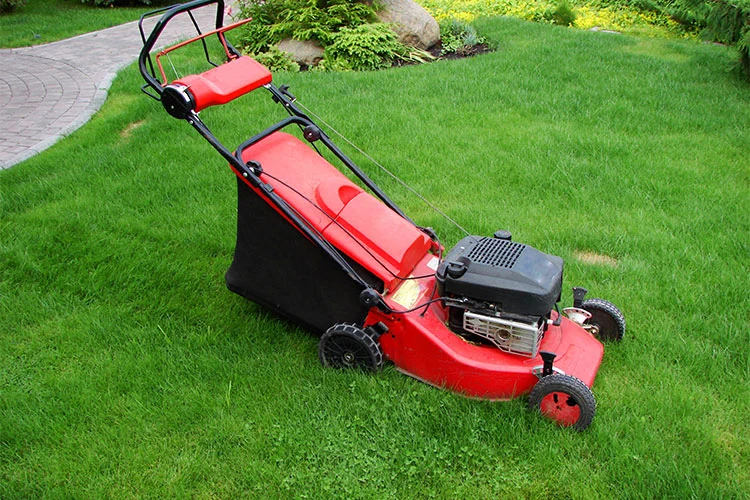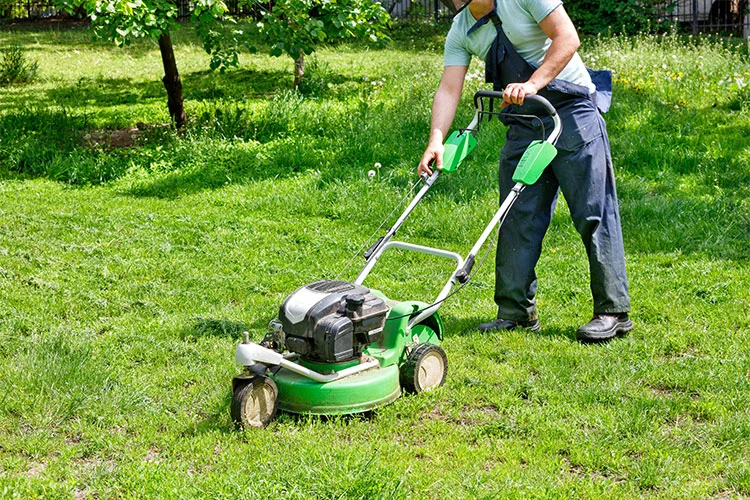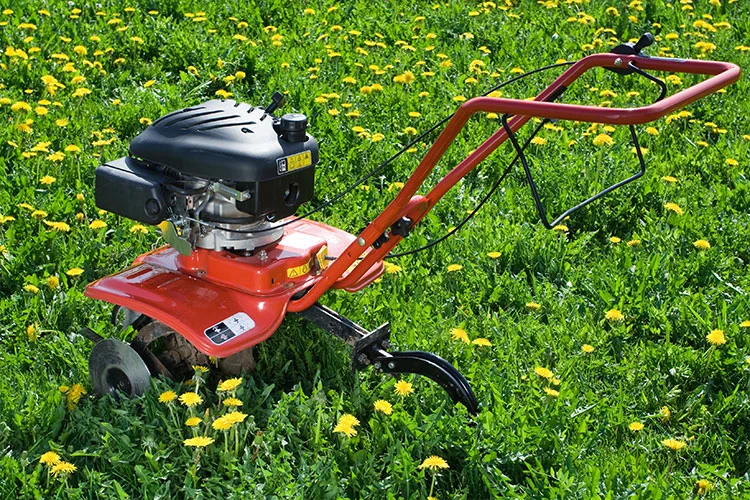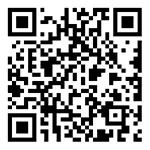L-Jaw Couplings: A Comprehensive Guide for Industrial Applications
In the world of power transmission, the reliability and efficiency of your machinery hinge on the components that connect them. Among the most trusted and versatile solutions for connecting shafts are L-Jaw couplings. These flexible couplings are engineered to accommodate misalignment, dampen vibration, and transmit torque smoothly, ensuring the longevity and optimal performance of your equipment. With decades of proven performance in countless industries, understanding the specifications and benefits of L-Jaw couplings is crucial for engineers, maintenance professionals, and purchasing managers.
This guide provides an in-depth look at L-Jaw couplings, detailing their key features, material specifications, and the critical parameters you need to consider for selection. We will explore their construction, operational advantages, and provide clear, detailed answers to frequently asked questions.
What are L-Jaw Couplings?
An L-Jaw coupling, also known as a curved jaw coupling, consists of two metal hubs and an elastomeric spider insert. The hubs, typically made from aluminum or stainless steel, feature curved jaws that mesh with the lobes of the spider. This unique curved design allows for greater angular misalignment capacity and smoother operation compared to straight jaw designs. The spider, made from a variety of elastomers like polyurethane, Hytrel, or Bronze-Filled, acts as the flexible element, absorbing shock and vibration while compensating for minor parallel and angular misalignments between connected shafts.
Key Advantages of L-Jaw Couplings
- Excellent Misalignment Capability: Accommodates angular, parallel, and axial misalignments.
- Vibration Damping: The elastomeric spider reduces vibration and noise, protecting connected equipment.
- No Backlash: Provides precise motion control, essential for applications requiring high positional accuracy.
- Easy Installation and Maintenance: Requires no lubrication and can be installed without moving the connected machinery.
- Electrically Insulating: The spider electrically isolates the two hubs, preventing galvanic corrosion.
- Torsional Flexibility: Helps to cushion shock loads, extending the life of drives and driven components.
Critical Product Parameters and Specifications
Selecting the correct L-Jaw coupling requires a careful review of several parameters. The following list outlines the primary factors to consider.
Key Selection Parameters:
- Bore Size: The diameter of the shaft the coupling will mount onto. It is critical to match the bore size exactly to the shaft diameter.
- Maximum Torque (Tk max): The peak torque the coupling can handle without failure. Your application's maximum torque must be below this value.
- Rated Torque (Tn): The continuous torque the coupling is designed to transmit under normal operating conditions.
- Maximum Speed (RPM): The highest rotational speed the coupling can safely operate at.
- Moment of Inertia: Important for high-speed and servo applications where rapid acceleration/deceleration is required.
- Spider Hardness (Shore A/D): Determines the coupling's stiffness and damping characteristics. A harder spider transmits more torque but offers less damping.
- Backlash: L-Jaw couplings are designed to be zero-backlash.
- Temperature Range: The minimum and maximum ambient temperatures the coupling's materials can withstand.
Standard L-Jaw Coupling Specifications Table
The table below provides sample specifications for a common series of L-Jaw couplings. Always consult the manufacturer's datasheet for the exact values for a specific model.
| Model Size | Bore Range (mm) | Rated Torque Tn (Nm) | Max Torque Tk max (Nm) | Max Speed (RPM) | Max Angular Misalignment (°) | Spider Material Options |
|---|---|---|---|---|---|---|
| L-050 | 6 - 14 | 5.0 | 10.0 | 10,000 | 1.5 | PU, Hytrel |
| L-075 | 9 - 19 | 18.0 | 36.0 | 8,000 | 1.5 | PU, Hytrel, Bronze |
| L-090 | 12 - 24 | 35.0 | 70.0 | 7,000 | 1.5 | PU, Hytrel, Bronze |
| L-100 | 14 - 28 | 60.0 | 120.0 | 6,500 | 1.5 | PU, Hytrel, Bronze |
| L-125 | 19 - 38 | 125.0 | 250.0 | 5,500 | 1.0 | PU, Hytrel, Bronze |
Spider Material Properties Table
The spider is the heart of the coupling. Choosing the right elastomer is vital for performance and longevity.
| Spider Material | Color | Temperature Range | Key Properties | Ideal Applications |
|---|---|---|---|---|
| Polyurethane (PU) | Black or White | -30°C to +80°C | Good abrasion resistance, high tensile strength, excellent oil resistance. | General industrial use, pumps, compressors. |
| Hytrel (Polyester Elastomer) | Natural/Amber | -50°C to +120°C | High strength and rigidity, excellent fatigue resistance, good chemical resistance. | High-speed applications, servo drives, food processing. |
| Bronze-Filled | Bronze | -30°C to +100°C | High torque capacity, electrically conductive, can run dry. | High-torque applications, environments requiring static dissipation. |
| NBR (Nitrile Rubber) | Black | -30°C to +100°C | Excellent resistance to oils and fuels. | Automotive, hydraulic systems. |
L-Jaw Couplings: Frequently Asked Questions (FAQ)
What is the main difference between an L-Jaw coupling and a standard jaw coupling?
The primary difference lies in the shape of the jaws on the hubs. Standard jaw couplings have straight-sided jaws, while L-Jaw couplings have curved jaws. This curvature allows the L-Jaw design to accommodate a slightly greater degree of angular misalignment and results in lower bearing loads on the connected equipment, leading to smoother operation and longer service life.
How do I select the correct size L-Jaw coupling for my application?
Selection is a multi-step process. First, determine the required bore size based on your shaft diameters. Second, calculate the application's maximum and continuous torque values, ensuring they are within the coupling's Tk max and Tn ratings. Third, verify that your operating speed is below the coupling's maximum RPM. Finally, consider environmental factors like temperature and presence of chemicals to select the appropriate spider material. Most manufacturers provide selection software or detailed guides to assist with this process.
Can L-Jaw couplings handle high-speed applications?
Yes, L-Jaw couplings are well-suited for high-speed applications, especially when balanced. The key is to select a coupling size that has a maximum speed rating well above your operating speed. For very high-speed or servo applications, couplings with a Hytrel spider are often preferred due to their high strength-to-weight ratio and excellent dynamic characteristics. Always check the manufacturer's maximum RPM rating for the specific size and configuration.
Are L-Jaw couplings truly zero-backlash?
When new and properly installed, L-Jaw couplings are designed to operate with zero backlash. The spider is compressed between the jaws of the two hubs, creating a pre-load that eliminates any free play. However, over time, wear on the spider can introduce a small amount of backlash. For critical applications requiring consistent high precision, regular inspection and preventive maintenance to replace the spider are recommended.
What are the signs that an L-Jaw coupling needs to be replaced?
Several indicators suggest a coupling requires attention. Visible cracks, chunks missing, or significant hardening of the spider elastomer are clear signs. Increased vibration or noise from the drive system can indicate spider failure or wear. If there is visible powder (elastomer dust) around the coupling, it means the spider is wearing out. Any noticeable backlash or slippage also necessitates immediate inspection and replacement.
Is it necessary to replace both hubs when replacing a worn spider?
Typically, no. The spider is considered the wear component and is designed to be replaced independently. The metal hubs usually have a much longer service life. However, it is crucial to inspect the hubs for any damage, such as nicks, galling, or corrosion on the jaw surfaces. If the hubs are damaged, they should be replaced along with the spider to ensure proper performance and prevent premature failure of the new spider.
How does temperature affect the performance of an L-Jaw coupling?
Temperature significantly impacts the elastomeric spider. At low temperatures, the spider can become stiff and brittle, reducing its ability to dampen vibration and potentially leading to cracking. At high temperatures, the spider can soften, lose its tensile strength, and permanently deform, leading to a loss of pre-load and the introduction of backlash. Always select a spider material whose temperature range encompasses your application's minimum and maximum operating temperatures.
Can I use an L-Jaw coupling in a wet or corrosive environment?
Yes, but material selection is critical. For the hubs, choose stainless steel instead of aluminum to prevent corrosion. For the spider, standard polyurethane offers good resistance to water and many chemicals, but Hytrel or specialized elastomers like EPDM may be required for specific harsh chemicals or steam. Consult the chemical resistance charts for the spider material to ensure compatibility.





